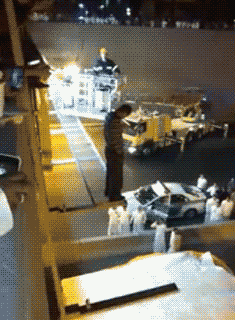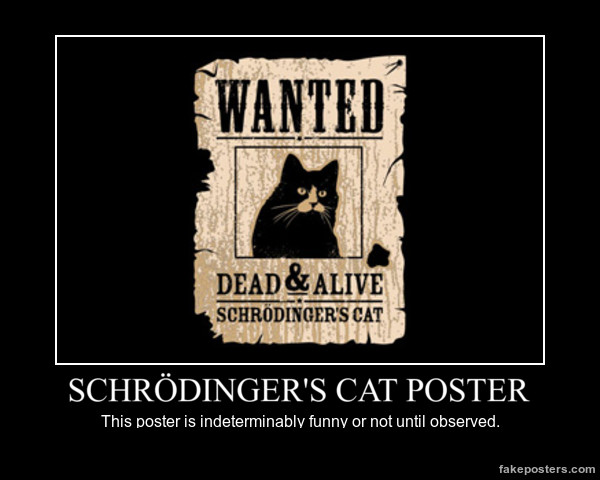You are using an out of date browser. It may not display this or other websites correctly.
You should upgrade or use an alternative browser.
You should upgrade or use an alternative browser.
giphy.gif (235×320)
- Thread starter Texasgordo
- Start date
The #1 community for Gun Owners in Texas
Member Benefits:
Fewer Ads! Discuss all aspects of firearm ownership Discuss anti-gun legislation Buy, sell, and trade in the classified section Chat with Local gun shops, ranges, trainers & other businesses Discover free outdoor shooting areas View up to date on firearm-related events Share photos & video with other members ...and so much more!
Member Benefits:
majormadmax
Úlfhéðnar
Why don'tcha just use the image tags?!?


Aaaaaaaagggaaaaaaaa splatter
Texasgordo
TGT Addict
I'm using my phone but it won't work posting on Tapatalk. I can't find what I'm doing wrong.
Funny anyway
majormadmax
Úlfhéðnar
I'm using my phone but it won't work posting on Tapatalk. I can't find what I'm doing wrong.
Don't use Tapatalk, but couldn't you just type in the image tags ([I M G]http://www.pictureURL.com[/I M G])?
Rookie Testing!!! Gotta love it.
BRD@66
TGT Addict
modern day Dirty Harry.
grasshopperglock
Banned
- In the hypothetical experiment, which the physicist devised in 1935, a cat is placed in a sealed box along with a radioactive sample, a Geiger counter and a bottle of poison.
- If the Geiger counter detects that the radioactive material has decayed, it will trigger the smashing of the bottle of poison and the cat will be killed.
- The experiment was designed to illustrate the flaws of the ‘Copenhagen interpretation’ of quantum mechanics, which states that a particle exists in all states at once until observed.
- If the Copenhagen interpretation suggests the radioactive material can have simultaneously decayed and not decayed in the sealed environment, then it follows the cat too is both alive and dead until the box is opened.
- Common sense tells us this is not the case, and Schrödinger used this to highlight the limits of the Copenhagen interpretation when applied to practical situations. The cat is actually either dead or alive, whether or not it has been observed.
- “[It] prevents us from so naively accepting as valid a "blurred model" for representing reality,” Schrödinger wrote. “In itself, this would not embody anything unclear or contradictory.”
- Schrödinger’s Cat has been used to illustrate the differences between emerging theories in quantum mechanics, by testing how they would approach the experiment.
- For example, the ‘many worlds interpretation’, developed in the 1950s, would argue that when the box is opened, the observer and dead-and-alive cat split into two realities, in one of which the observer sees a dead cat and the other an alive one.
- The experiment has also been widely influential in popular culture, having been referenced in TV shows such as Futurama, Doctor Who and The Big Bang Theory as well as appearing in the works of Douglas Adams and Terry Pratchett.
TheDan
deplorable malcontent scofflaw

grasshopperglock
Banned
Lolololol
Staff online
-
VaqueroMoving stuff to the gas prices thread.....
Members online
- G O B
- Coiled
- WAA
- billtool
- Neat57
- Younggun
- kbaxter60
- skfullgun
- Hoji
- jonevill
- crystalphoto
- wakosama
- ZX9RCAM
- Lead Belly
- TexasFlash
- Gorp2007
- Kobiash1
- Vaquero
- Txhighlander
- leVieux
- Chupacabra Hunter
- cswpsi
- BelFran
- GLC
- Utah
- hilltop
- Texasgordo
- TexMex247
- motorcarman
- cycleguy2300
- Cool 'Horn Luke
- innominate
- Sasquatch
- madwildcat
- AKM47
- Grendor
- striker55
- zackmars
- Darkpriest667
- Tmag109
- jrbfishn
- CJGarza
- 1911'S 4 Me
- Otto_Mation
- Steve In Texas
- AlteisenMkII
- aattaway
- glenbo
- TXAZ
- tangoparson
Total: 1,230 (members: 100, guests: 1,130)






